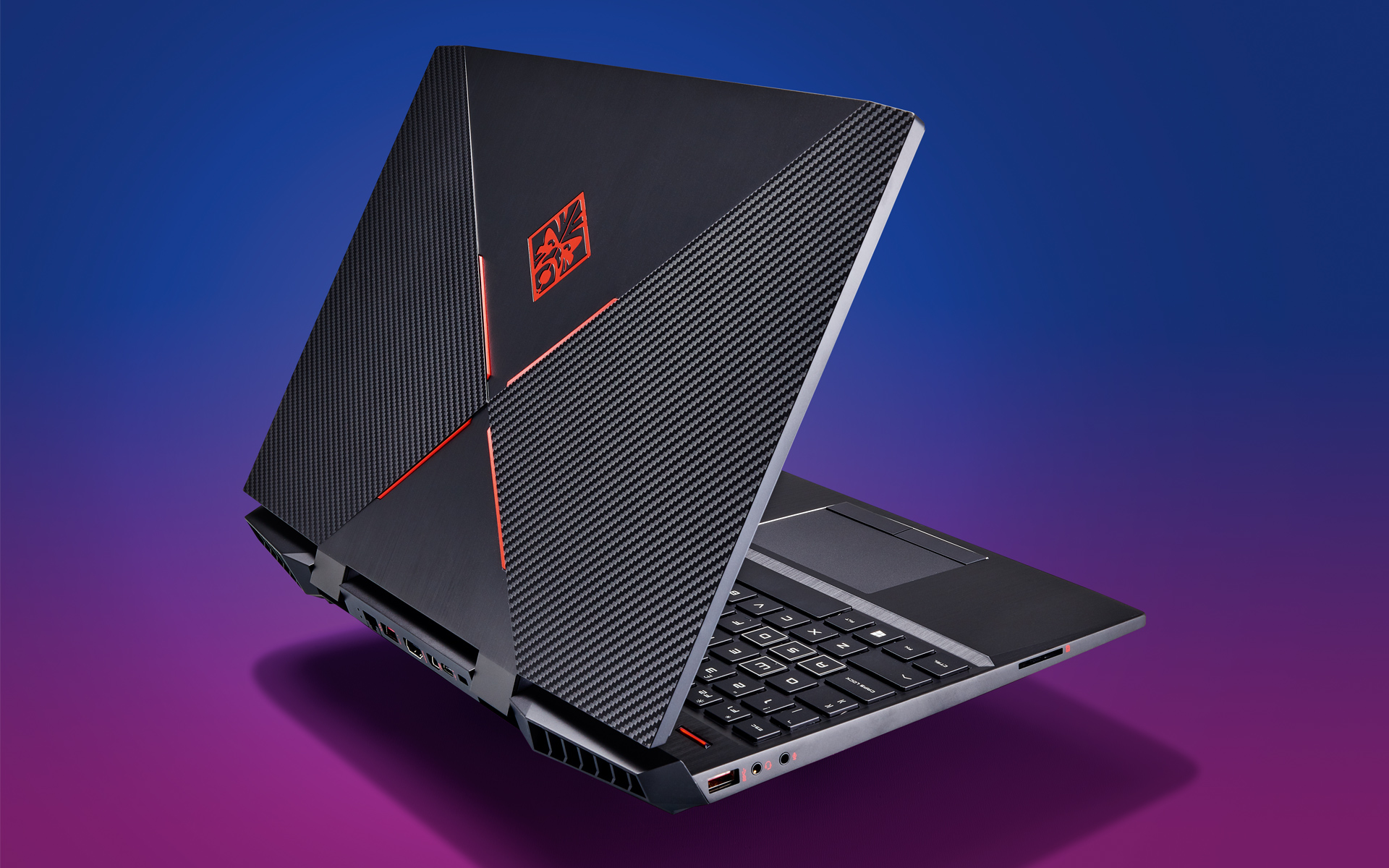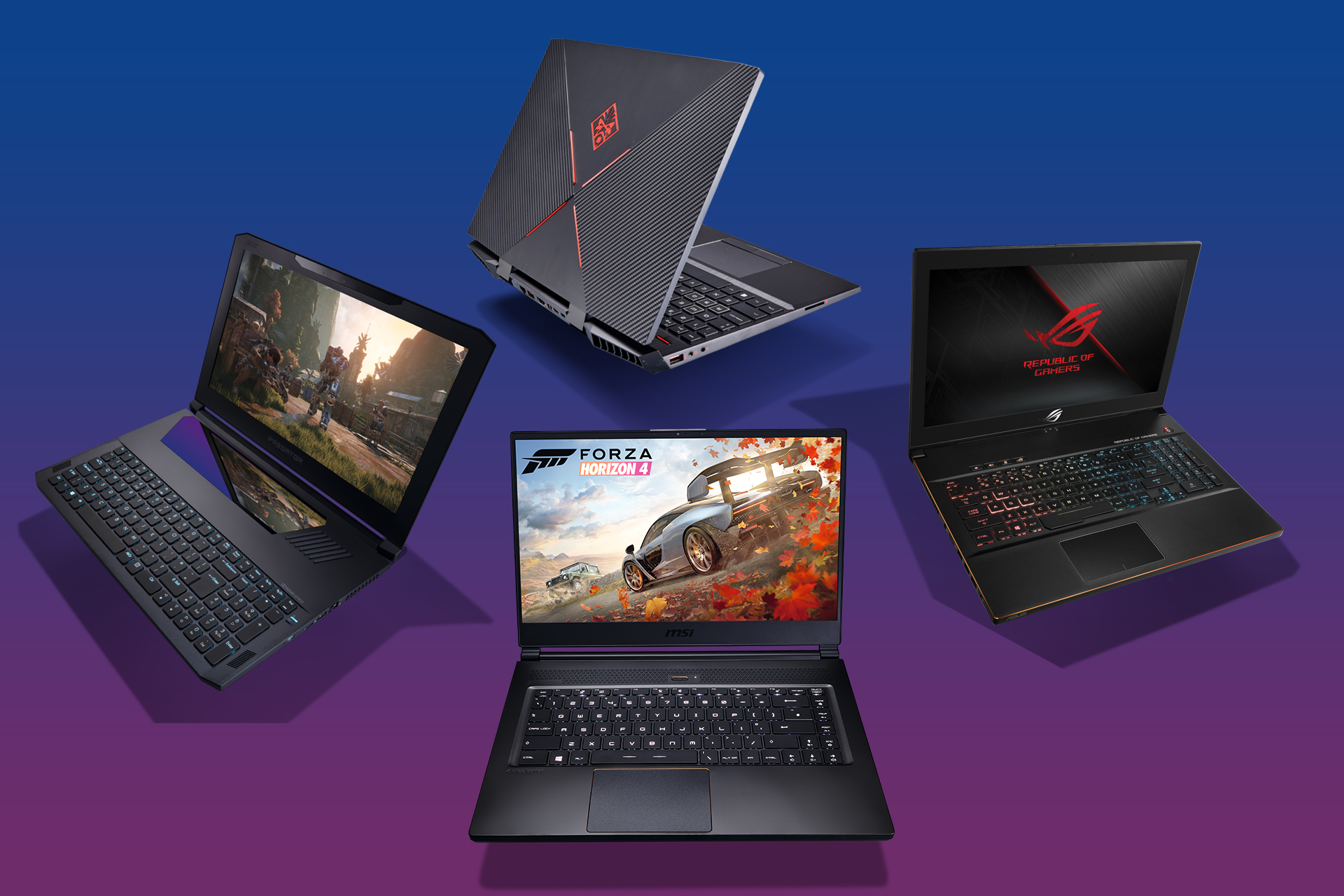
For the longest time, if you wanted to game, you needed a desktop PC. But in recent years, the gaming laptop has given the desktop a run for its money. Today, it’s easy to find sleek, portable laptops that also feature desktop-grade hardware, including full-fat graphics cards from the likes of Nvidia.
While there are subtle differences between the hardware inside a desktop and the hardware inside a laptop, the key difference is one of physics. A desktop tower has space for large heatsinks, fans or even watercooling, so heat is quickly moved away from toasty components.
But in the confines of a laptop, particularly modern thin-and-light models, there simply isn’t the space to dissipate the same level of heat.
Start with the graphics card
That said, advancements in efficiency mean modern components run cooler and draw less power. Laptops like the Razer Blade come with both a six-core Intel® processor and an Nvidia GTX 1060 graphics card.
It’s the graphics card that’s most important for gaming performance. Avoid laptops that only have Intel integrated graphics and buy one that features either a discrete graphics card from Nvidia or an integrated one from AMD as part of its Ryzen range of CPUs.
A good quality graphics card runs games at more detailed settings and at higher frame rates for a smoother, better looking experience. At the high-end, you can even run games at 4K. As for exactly which graphics card to look out for, it depends on what you plan to play.

Demanding games like The Witcher 3 require a lot of horsepower to run at high quality presets, while lighter games like Smite or esports games like League of Legends are a lot easier to run. You can save yourself some money if you’re playing older games or you aren’t particularly fussed about high settings.
A good place to start is the Nvidia GTX 1050. Unlike older generations of Nvidia laptop graphics cards, modern ones share a name across desktop and mobile. For once, it’s not a marketing ploy—the chips are essentially the same. In some cases the laptop version is clocked slightly lower and sips a little less power, but the performance difference is slight.
In the case of the GTX 1050, that means you can play almost any esports game you like at high quality settings and frame rates, while tackling blockbuster games like Shadow of the Tomb Raider at low to medium settings.
Nvidia also has a line of laptop graphics cards with the ‘Max-Q’ suffix, which are chips with a greater efficiency curve, making them better suited for thin gaming laptops. Like regular Nvidia laptop graphics cards, performance isn’t quite 1:1 with the desktop version, but it’s very close.
As a rule of thumb, a laptop with a GTX 1060 is great for Full HD 1080p gaming, a GTX 1070 is great for 1440p resolution gaming, while a GTX 1080 can handle a little 4K gaming too.
CPUs matter too
The CPU also has an impact on the performance, with faster processors giving the graphics card more room to stretch its legs. Mobile processors are often a fair bit weaker in terms of outright performance when compared to their desktop counterparts, but they’re still more than capable of gaming.
At a minimum, look for a quad core processor running at over 3GHz for best results, or a six-core processor for heavy multitasking. Note that manufacturers often list a ‘base’ and ‘boost’ clock on the spec sheet. A CPU runs at the base speed on all of its cores out of the box, but they can clock themselves higher if they’re running cool enough, for increased performance.
Intel’s performance mobile processors are marked with a ‘H’ in the model name, so keep an eye out for this when shopping. For AMD, make sure to buy a laptop with a Ryzen CPU. These feature integrated Vega graphics.
While not quite as quick as Nvidia’s discrete graphics cards, AMD’s integrated graphics are far superior to Intel’s. You can play modern esports games with ease, while tackling a few blockbuster games too.
And everything else
Of course, there are all the usual laptop things to worry about. That includes the likes of battery life, memory capacity and storage. Aim for at least 8GB of memory and, if you can stretch to it, a solid state drive (SSD), which makes a dramatic difference to the responsiveness of the laptop.
Most important is the display. Full HD 1080p resolution is great for a gaming screen, since it doesn’t require a huge amount of graphics horsepower to drive it. Avoid TN panels and look out for IPS or VA panels (or even OLED) for the best quality.
If you can stretch to it, high refresh rate displays are a great buy too. The 144Hz display of the MSI GS65, for example, makes for super-smooth gaming.

- Brought to you in association with Currys PC World. Buy gaming laptops, desktops, components and more at Currys.co.uk.
Get daily insight, inspiration and deals in your inbox
Sign up for breaking news, reviews, opinion, top tech deals, and more.